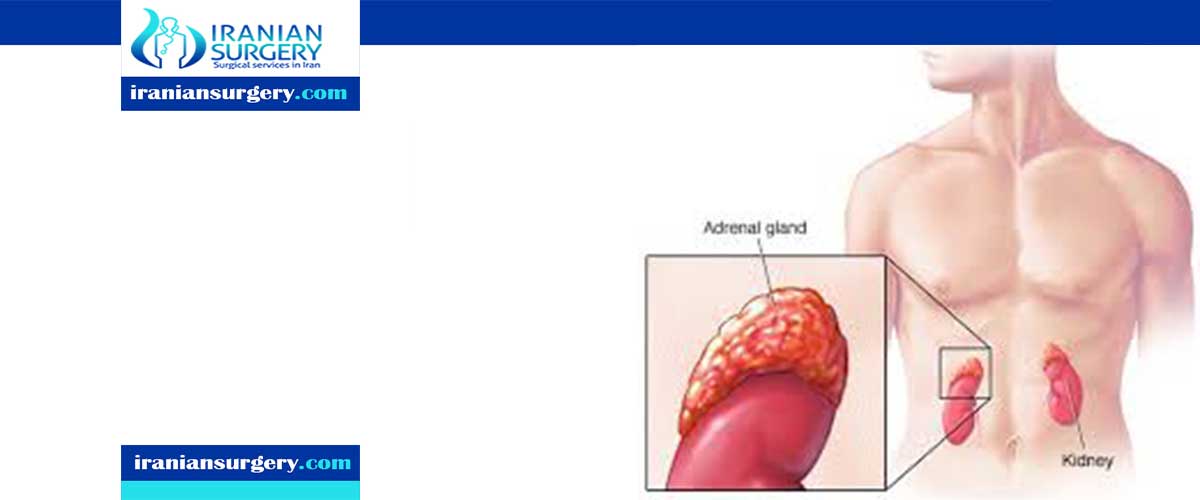congenital adrenal hyperplasia symptoms

congenital adrenal hyperplasia symptoms
Signs and symptoms of congenital adrenal hyperplasia vary, depending on which gene is defective and the level of enzyme deficiency.
There are two major types of congenital adrenal hyperplasia:
- Classic CAH. This more-severe form of the disease is usually detected in infancy.
- Nonclassic CAH. This milder and more common form may not become evident until childhood or early adulthood.
Boys may appear to enter puberty as early as 2 to 3 years old. The symptoms of this may include:
- deep voice
- early appearance of pubic and armpit hair
- enlarged penis
- small testes
- well-developed muscles
Girls may show the following changes:
- abnormal menstrual periods
- failure to menstruate
- ambiguous genitalia, often appearing more male than female
- deep voice
- early appearance of pubic and armpit hair
- excessive hair growth and facial hair
Symptoms in infants may include:
- weight loss
- vomiting
- failure to thrive (inability to grow and gain weight, especially in infants and toddlers)
- dehydration
- vomiting
10 common questions about congenital adrenal hyperplasia symptoms
1How do you get Congenital Adrenal Hyperplasia?
Congenital adrenal hyperplasia is an inherited condition caused by mutations in genes that code for enzymes involved in making steroid hormones in the adrenal glands. The most common enzyme defect, 21-hydroxylase deficiency, leads to excess amounts of male hormones being produced by the adrenal glands
2What happens in congenital adrenal hyperplasia?
In congenital adrenal hyperplasia (CAH), a mutation (genetic change) causes the adrenal glands to make too little cortisol. In the most common type of CAH, called 21-hydroxylase deficiency, the adrenal glands also might not make aldosterone
3What is congenital adrenal hyperplasia newborn?
Congenital adrenal hyperplasia is a genetic disorder. In children with CAH, the gene (21-hydroxylase) that makes the enzyme needed to produce cortisol and aldosterone is not working properly. In order for a child to be born with CAH, both parents must be carriers of the mutated gene and pass it on to their baby
4Can CAH be cured?
Right now, there is no cure for CAH, but there is treatment. Some people with mild CAH may not need to take medicine all the time
5Is CAH a disability?
Specific learning disabilities have been rarely reported in congenital adrenal hyperplasia. The impact of hormones on cognition is still not clearly defined, but it is postulated that females with this condition have excess prenatal androgen stimulation, which increases the risk for cognitive impairment.
6Can congenital adrenal hyperplasia go away?
The milder and more common form of CAH is called nonclassic. ... Although there is no cure, with proper treatment, most people with congenital adrenal hyperplasia can lead normal lives
7What happens if progesterone is too high?
High levels of progesterone are associated with the condition congenital adrenal hyperplasia. However, the high progesterone levels are a consequence of and not a cause of this condition. Also, high levels of progesterone are associated with an increased risk for developing breast cancer
8Does congenital adrenal hyperplasia cause infertility?
Fertility in patients with congenital adrenal hyperplasia. ... If intensifying glucocorticoid treatment does not lead to tumour decrease, surgical intervention may be considered, but the effect on fertility is not yet known. In females with CAH the degree of fertility depends on the phenotype of the CAH
9What is the difference between Addison's disease and congenital adrenal hyperplasia?
Primary adrenal insufficiency is due to impairment of the adrenal glands. 80% are due to an autoimmune disease called Addison's disease or autoimmune adrenalitis. One subtype is called idiopathic, meaning of unknown cause. Other cases are due to congenital adrenal hyperplasia or an adenoma (tumor) of the adrenal gland
10Can a woman with CAH get pregnant?
Women with classic CAH can conceive while on routine maintenance therapy, and it is estimated that 80% and 60% of women with simple-virilising and salt-wasting forms of CAH, respectively, are fertile. Most women who are compliant with maintenance therapy have ovulation rates as high as 40%
[kkstarratings]


